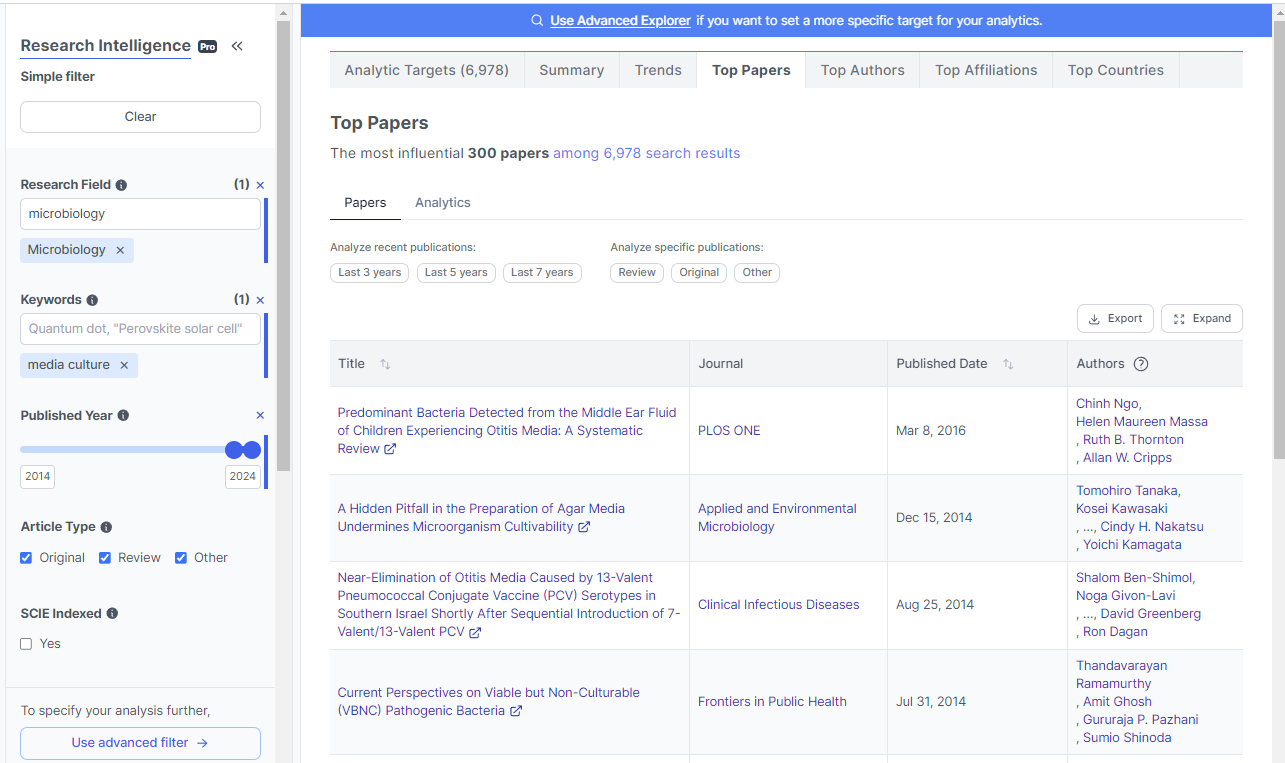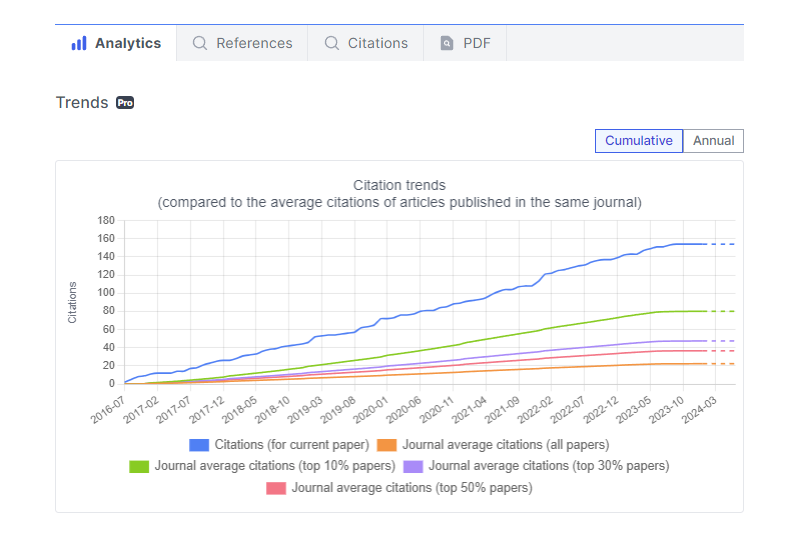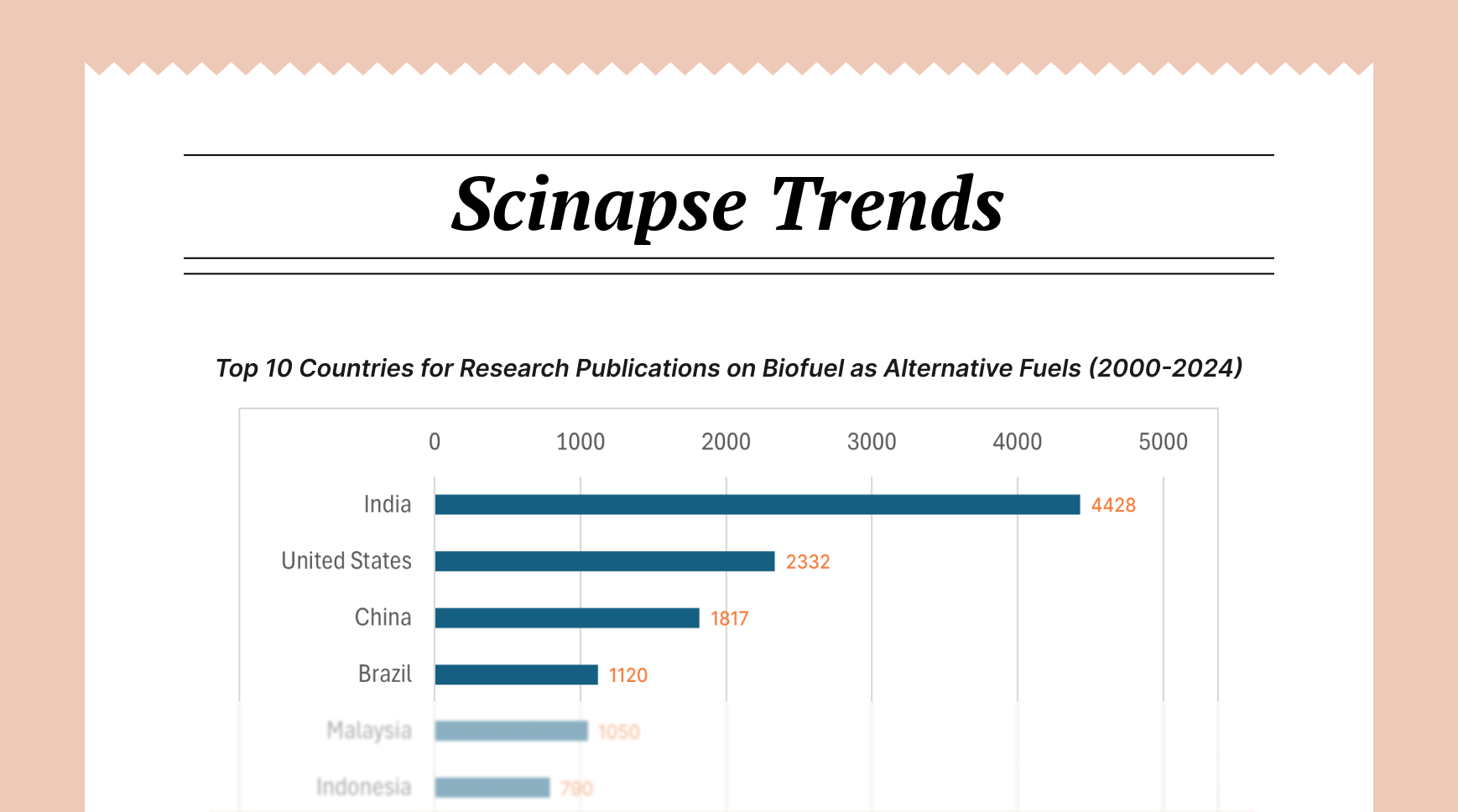Improving Literature Reviews: Integrating Data Visualization and Citation Analysis

With the continuously changing landscape of academic research, established ways of performing literature reviews are being challenged by the sheer volume and complexity of available scholarly work. As academics attempt to synthesize massive volumes of information, citation analysis, and visualization approaches have arisen to enhance the literature review process.
The Importance of Citation Analysis in Literature Reviews – Taking the Data Analysis and Visualization Approach
Citation analysis, when applied to literature reviews, marks a shift from purely narrative-centric approaches to data-enhanced methodologies. This synergy of quantitative and qualitative methodologies enables researchers to identify patterns, trends, and insights that would otherwise be lost in the immense sea of academic articles.
Ready to streamline your literature review process with the help of citation analysis? Try Scinapse today and discover how its powerful data analysis and visualization tools can help you identify key articles in your field without spending hours searching.
Data Visualization as a Catalyst for Improved Literature Reviews
The adage "a picture is worth a thousand words" holds particularly true in the context of literature reviews. Data visualization serves as a powerful cognitive method, enabling researchers to process complex information more efficiently and effectively.
Several case studies have demonstrated the profound impact of visualization on literature review outcomes. These visual representations not only enhance the reviewer's understanding but also provide readers with intuitive and engaging ways to grasp complex academic landscapes.
Example of Integrating Data Analysis and Visualization for Improving Literature Review – Citation Analysis
In the quest to identify highly cited and influential research papers, Scinapse.io’s Research Intelligence features is most efficient.
To fully harness the power of data analysis and visualization, these techniques should be integrated throughout the literature review process. Here, with Scinapse’s Research Intelligence feature, we have identified the highly cited and most influential papers since 2014 in the field of Microbiology.

On analysis, we further identified the citation trends of the first paper from the list as shown below. The trend lines help in identifying the papers that have been trusted by other authors of your field and reduces your time and effort in ensuring an efficient literature review process.
This image shows citation analysis for a specific paper compared to average citation rates for articles published in the same journal.
(Note: The values for 2023 and 2024 contain only partially verifiable data.)

Here's what it indicates:
- Performance relative to peers: The blue line representing citations for the current paper is significantly above all other lines, indicating this paper has received many more citations than average for its journal. It's outperforming even the top 10% most cited papers (green line) in the journal.
- Impact over time: The graph shows cumulative citations from 2016 to 2024, demonstrating the paper's sustained and growing impact over nearly a decade.
- Rapid early uptake: The steep initial slope of the blue line suggests the paper gained citations quickly after publication, indicating it addressed a timely or important topic.
- Continued relevance: The blue line continues to rise through 2024, showing the paper remains relevant and influential years after publication.
Benefits of Citation Analysis for Efficient Literature Review
- Identifying pivotal works: Papers with citation patterns like this are likely foundational or highly influential in their field, making them essential to include in a literature review.
- Assessing longevity of impact: The long-term citation trend helps reviewers gauge whether a paper has enduring importance or was only briefly influential.
- Comparative context: By showing journal averages, this analysis helps reviewers understand the relative impact of a paper within its specific field or publication venue.
- Efficient prioritization: In a large field, this type of analysis can help reviewers prioritize which papers to read in depth, focusing on those with outsized impact.
- Identifying research fronts: Papers with steep recent citation growth might indicate emerging hot topics or new directions in the field.
- Quality assurance: While not the only measure of quality, unusually high citation rates can serve as one indicator of a paper's significance and reliability.
- Tracing intellectual lineage: Highly cited papers often serve as starting points to explore how ideas have developed and branched in a field over time.
Closing Thoughts
The integration of data analysis and visualization techniques into the literature review process represents a significant leap forward in academic research methodologies. Use Scinapse now to uncover the most influential papers and citation trends in your area of study, and make your literature review process more efficient and effective.
written by Uttkarsha B
Never re-search again.
Scinapse is made by researchers for researchers.
Join the next generation of research at ⏯️ https://scinapse.io/
Pluto Labs
Pluto Labs helps researchers focus on their research by improving several inefficiencies in the academic research process. We offer data-driven insights from academic papers, allowing users to easily obtain review-level results for their desired range of papers.
https://pluto.im/





Comments ()